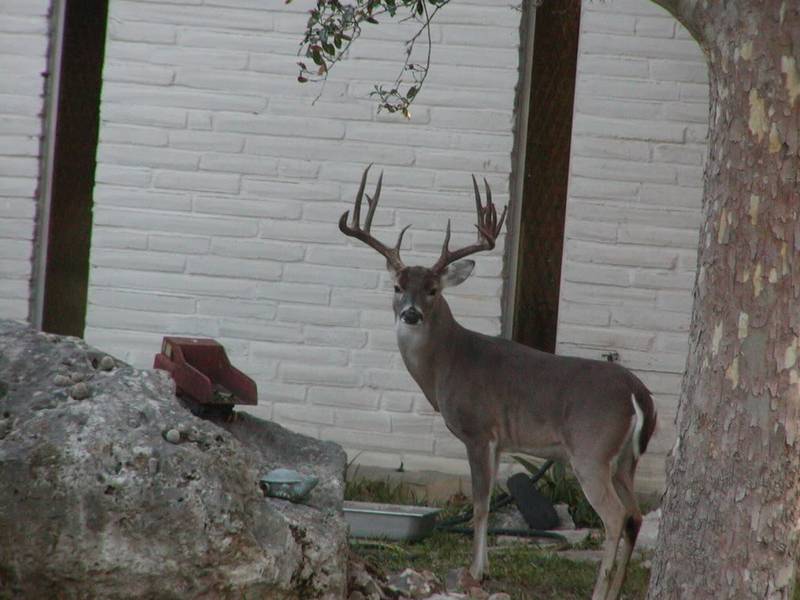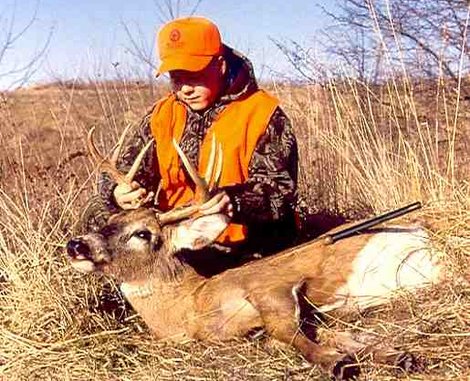Everyone loves white-tailed deer, right? Wrong. Deer cause millions of dollars in damage each year in the United States, so it should come as no surprise that some people downright despise them. Just ask some of the automobile insurers. The problem of deer overpopulation continues to plague one are of San Antoniono, Texas, known as Hollywood Park. But for every person that wants the deer removed, there is another that loves these wild animals. As such, there have been efforts to thin out the suburb’s deer population, but they have been met with opposition from everyone from animal-loving residents to state bureaucrats, city deer control expert Will Mangum told City Council on March 16.
“Some area ranchers were interested in taking our deer,” Mangum told council about the just completed deer season, “but none had received permits, because their paperwork came in too late.” He says it is far more complex than simply picking up Hollywood Park’s deer and depositing them onto a ranch.
“The ranchers first need to contact their wildlife biologist, who surveys the land and provides specific permits on how many bucks and how many does they can take. They then need to get a release site permit from the state. We’re powerless without the RSP.”
Continue reading Deer Overpopulation Causes Problems in Texas

